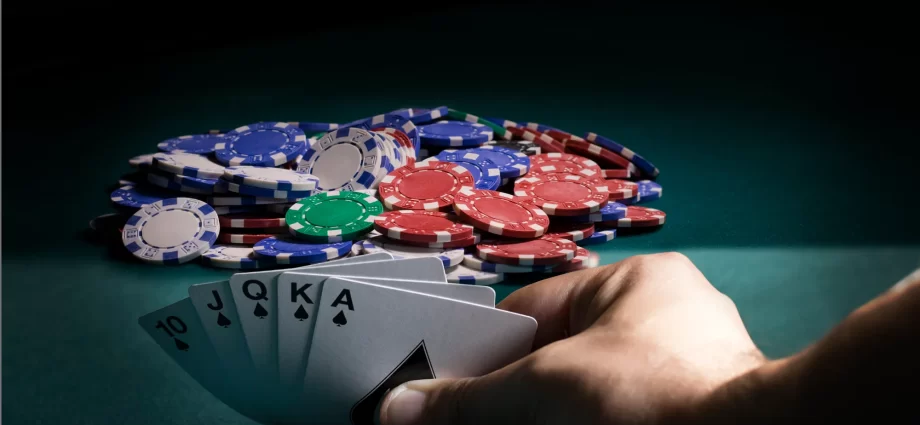Poker chips are used to represent different amounts of money during a game, and are available in an assortment of colors and denominations to easily communicate to players how much their stack is worth. They’re usually printed or engraved for easier comprehension of stack values by players.
Casinos typically follow standard chip colors and values for casino-style games; home games often utilize less consistent sets. This may cause confusion amongst other players and lead to costly mistakes.
Game rules
Poker chips are used at the table to represent monetary values and are easier to handle than cash in casino environments. They make shuffle and counting easier as well, although maintaining correct denominations in stacks should always remain important; stacking mixed denomination chips could give your opponents away; fiddling with your chips or clutching tightly may signal nervousness about your hand or indicate worry or indecision about playing it out.
The number of chips required for a poker game depends on both how many people will be participating and for how long. As a general guideline, 75 to 100 chips per player at the start of a tournament are generally sufficient; this will allow for players to rebuy chips during play-through and stay engaged for longer in the game. Most chip sets feature colors to indicate value: white being lowest followed by red, blue and green chips.
Betting intervals
There are various factors that dictate how often and with what chips you should play poker with chips. One important consideration is your budget for playing, with around 100 big blinds being an ideal starting amount that enables reasonable calls without being tight with them (which could result in giving away your hand). Also beware stacking different denominations together as this can confuse opponents and lead them into placing unintentional bets against you.
There is no uniform value or denomination system for poker chips; however, most tournaments adhere to an agreed-upon color scheme and denomination scheme. A set system ensures all players understand what each chip represents. Also helpful would be having all denominations written down or posted so as not to get confused by similar colors; standard sets typically consist of white, red, blue and green chips – although other sets with additional hues might exist but usually reserved for tournaments or high stakes games.
Limits
Poker chips are used instead of cash to facilitate easier betting and raises, with their values printed directly onto them and easily exchanged for money when the game ends. This eliminates having to constantly exchange cash between players which can be dangerous in high stakes games; additionally, poker chips encourage a “killing” style of play where all chips – often including tournament lives – are put at stake by placing all bets or raises on one table at once.
A game’s needs for poker chips depend on its limits of play; most professionals recommend having enough for two rebuys and an add-on, which generally amounts to at least 500 chips in three or four colors for games with up to ten players. Although in certain instances more chips might be appropriate – overly-extended games may become boring and confusing quickly!
All-in
Poker requires placing chips on a table to represent stakes, with chips usually divided by denomination and color coded to differentiate each value. Games of poker typically involve five to ten players who must understand both denomination and value before beginning play.
If a player runs out of chips in a hand, they have two options available to them if they wish to continue: either purchase more chips or fold. Folding means leaving the hand without making further wagers and all remaining players will form a side pot that they are eligible to compete for at the conclusion of play.
Home poker games can be entertaining but costly when using real money for play. Luckily, many household items can serve as alternatives for poker chips; bolts, nails, screws, washers and electrical terminals make excellent alternatives.

